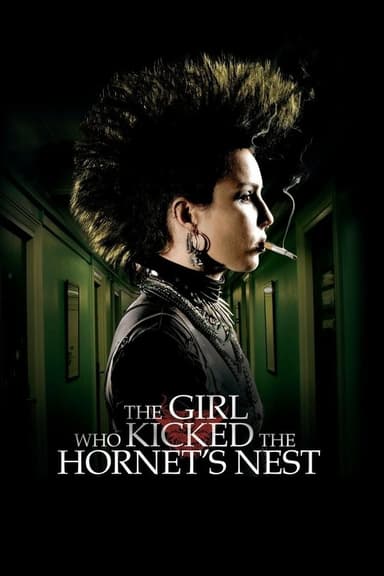
The Purity of Vengeance
2018 • Crime, Drama, Mystery, Thriller
Copenhagen, 2018. A frightening discovery is made in an old apartment. The subsequent investigation of Department Q leads them to an infamous institution for girls that was suddenly closed in the early sixties.
Runtime: 1h 58m
Why you should read the novel
Jussi Adler-Olsen’s 'The Purity of Vengeance' offers a riveting reading experience, delving into haunting mysteries with the layered complexity that the written word uniquely provides. Through Adler-Olsen’s carefully crafted prose, readers immerse themselves in chilling historical crimes, intricate investigations, and the personal journeys of Detective Carl Mørck and his team in ways the film adaptation can only suggest. The novel invites you to linger over subtle clues, explore internal dilemmas, and savor atmospheric details often lost in cinematic pacing.
As you read, you’re given a continuous view into the inner workings of Department Q—unfiltered by the time constraints or visual limitations of cinema. The book weaves together multiple storylines and perspectives, allowing the tension to unfold gradually, offering richer emotional payoffs and a much deeper connection to even minor characters. Adler-Olsen’s world-building in print conjures a Denmark alive with menace, mystery, and moments of psychological revelation.
While the movie adaptation prioritizes suspense and drama to fit its runtime, the book allows for a more comprehensive and rewarding exploration of plot and theme. Diving into the novel, readers can pick up on subplots, suppressed histories, and sociopolitical critiques that offer not just entertainment, but also food for thought. To truly grasp the magnitude of the story’s horror—and hope—reading the source novel is an essential journey.
Adaptation differences
One key difference between the novel and the film adaptation lies in the narrative depth and structure. The book’s intricate layering of timelines is far more pronounced, offering historical context with flashbacks and detailed build-up, while the movie streamlines these layers to maintain suspense and fit a tighter runtime. This condensation inevitably leads to a loss of some of the book’s atmospheric world-building and contextual richness.
Character development is another area where the adaptation diverges from the source. In Jussi Adler-Olsen’s novel, Detective Carl Mørck’s personal struggles and dynamics with his colleagues Assad and Rose are fleshed out through internal monologues and subplots, giving readers a deeper understanding of motivations and emotional truths. The film, by necessity, focuses more on external actions and plot twists, often leaving nuances of personality and internal conflict less explored or missing altogether.
Several subplots and supporting characters are either omitted or significantly reduced in the film adaptation. The book spends considerable time delving into the stories of the women affected by the 1960s sterilization scandal and the machinations of the antagonist, Curt Wad. In contrast, the movie trims these narrative threads for pacing, which, while maintaining the core of the storyline, somewhat dilutes the broader societal critique and emotional weight enabled by the book’s greater scope.
Thematic exploration is richer in the novel, with Adler-Olsen offering a scathing critique of institutional abuse and moral complacency, interrogating the intersection of personal and national guilt. The film adaptation, while still touching upon these themes, is required to present them with more immediacy and less subtlety, sacrificing some of the moral complexity and space for reflection that make the novel stand out. Ultimately, by reading the book, audiences gain a deeper appreciation for the intricate web of history, motivation, and consequence that underpins the entire Department Q series.
The Purity of Vengeance inspired from
The Purity of Vengeance
by Jussi Adler-Olsen







